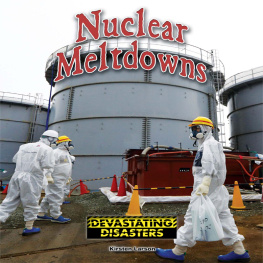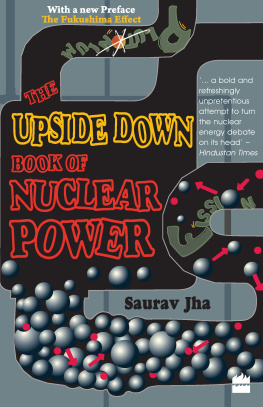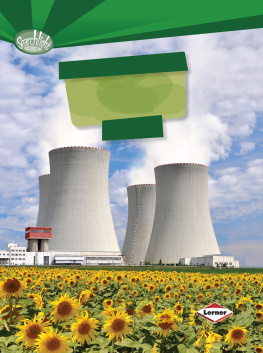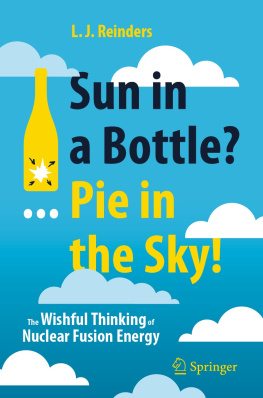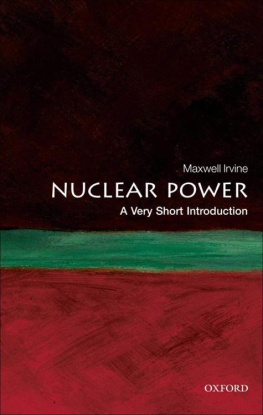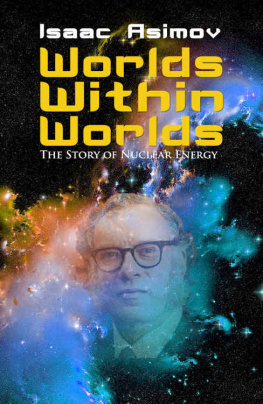With its eminent scholars and world-renowned library and archives, the Hoover Institution seeks to improve the human condition by advancing ideas that promote economic opportunity and prosperity, while securing and safeguarding peace for America and all mankind. The views expressed in its publications are entirely those of the authors and do not necessarily reflect the views of the staff, officers, or Board of Overseers of the Hoover Institution.
www.hoover.org
Hoover Institution Press Publication No. 683
Hoover Institution at Leland Stanford Junior University, Stanford, California 94305-6003
Copyright 2017 by the Board of Trustees of the
Leland Stanford Junior University
All rights reserved. No part of this publication may be reproduced, stored in a retrieval system, or transmitted in any form or by any means, electronic, mechanical, photocopying, recording, or otherwise, without written permission of the publisher and copyright holders.
For permission to reuse material from Keeping the Lights on at Americas Nuclear Power Plants ISBN 978-0-8179-2095-1 please access www.copyright.com or contact the Copyright Clearance Center, Inc. (CCC), 222 Rosewood Drive, Danvers, MA 01923, 978-750-8400. CCC is a not-for-profit organization that provides licenses and registration for a variety of uses.
Efforts have been made to locate the original sources, determine the current rights holders, and, if needed, obtain reproduction permissions. On verification of any such claims to rights in the articles reproduced in this book, any required corrections or clarifications will be made in subsequent printings/editions.
Hoover Institution Press assumes no responsibility for the persistence or accuracy of URLs for external or third-party Internet websites referred to in this publication, and does not guarantee that any content on such websites is, or will remain, accurate or appropriate.
First printing 2017
23 22 21 20 19 18 17 7 6 5 4 3 2 1
Manufactured in the United States of America
The paper used in this publication meets the minimum Requirements of the American National Standard for Information SciencesPermanence of Paper for Printed Library Materials, ANSI/NISO Z39.48-1992.
Cataloging-in-Publication Data is available from the Library of Congress.
ISBN: 978-0-8179-2095-1 (pbk. : alk. paper)
ISBN: 978-0-8179-2096-8 (epub)
ISBN: 978-0-8179-2097-5 (mobi)
ISBN: 978-0-8179-2098-2 (PDF)
Foreword
Nuclear power alone will not solve our energy problems. But we do not think they can be solved without it. This is the crux of our concerns and why we are offering this book. It describes the challenges nuclear power is facing today and what might be done about them.
One of us, between other jobs, built nuclear plants for a living; between other jobs, the other helped make them safer. In many respects, this is a personal topic for us both. But here are some facts:
We know that our countrys dominance in civilian nuclear power has been a key part of Americas ability to set norms and rules not just for power plants in less stable places around the world but also for the control of nuclear weapon proliferation. We know that its an important technology-intensive export industry too: America invented the technology, and the United States today remains the worlds largest nuclear power generator, with nearly a quarter of global plants (more if you count the hundred power reactors aboard our navy ships at sea). Domestically, we know that nuclear power gives us reliable electricity supply at scale, supplying one-fifth of all of our power production and that nearly two-thirds of our countrys pollution and carbon-dioxide-free energy comes from these facilities.
There are known risks and real costs to nuclear too, of course, but on balance we believe that the benefits for the country come out well ahead. Historically, much of the national nuclear enterprise has rested on the backs of the US federal government (and military) as well as on the ratepayers of the electric utilities who own or operate these facilities. The question today is ifand howthose same players will be able to shoulder that responsibility in the future.
When we first started looking into the nuclear question as part of our energy work at the Hoover Institution a few years ago through the Shultz-Stephenson Task Force on Energy Policy, we had our eyes toward the future: What were the prospects and roadblocks for a new generation of small, modular nuclear reactors? How about the licensing framework for advanced, next-generation plant designs? Could a new entrepreneurial portfolio approach help break through the nuclear fusion barrier? We wanted to know what it would take to reinvent nuclear power. Soon enough, though, it became clear that it would not be enough to reinvent the future of nuclear power; if we dont want to make the commitment to finance and run the mature and already-depreciated light water nuclear reactors of today effectively, we wont have the option to make that choice tomorrow.
Nothing in energy happens in isolation, so nuclear power should be viewed in its larger context. In fact, we are in a new energy position in America today.
First, security. New supplies of oil and gas have come online throughout the country. This not only has reduced our imports but also given us the flexibility in our production that makes price-fixing cartels such as OPEC weak.
Prices are falling too, not just in the well-known oil and gas sectors, the result again of American ingenuity and relentless commercialization efforts in fracking and horizontal drilling, but in new energy technologies as well. Research and development in areas such as wind and solar or electric vehicles are driving down those costs faster than the scientists expected, though there is still substantial room to go. We also have made huge strides since the 1970s Arab oil crises in the more efficientor thoughtfuluse of energy and are in a much better position energy-wise financially and competitively because of it.
Meanwhile there is the environment. The good news is that weve already made a lot of progress. As anyone who experienced Los Angeles smog in the 1960s and 1970s can attest, the Clean Air Act has been huge for the air we breathe. On carbon-dioxide emissions, the progress is mixed, but the influx of cheap natural gas, energy efficiency, and a growing menu of clean energy technologies suggest promise.
Our takeaway from all of this is that for perhaps the first time in modern history, we find ourselves with breathing room on the energy front. We are no longer simply struggling to keep the lights on or to keep from going broke while doing so. What will we then choose to do with that breathing room?
To put a finer point on it: America needs to ask itself if its acceptable to lose its nuclear power capability by the midpoint of this century. If so, then, plant by plant, our current road may take us there. Some would be happy with that result. Those that would not should understand that changing course is likely to require deliberate actions.
What would we be giving up if we forgot nuclear power?
An environmentalist might note that wed be losing a technology that does not pollute the air or water. Radioactivity is a cultural and emotional concern for many people, but nuclear power produces a relatively small amount of such wasteat a predictable rate, with known characteristics, and with $30 billion in disposal costs already paid for. Perhaps surprisingly, nuclear power production actually releases one hundred times less radiation into the surrounding environment than does coal power. Overall, with a long track record, the rate of human injury caused by nuclear power production is the lowest of any power generation technology, including renewable resources.


